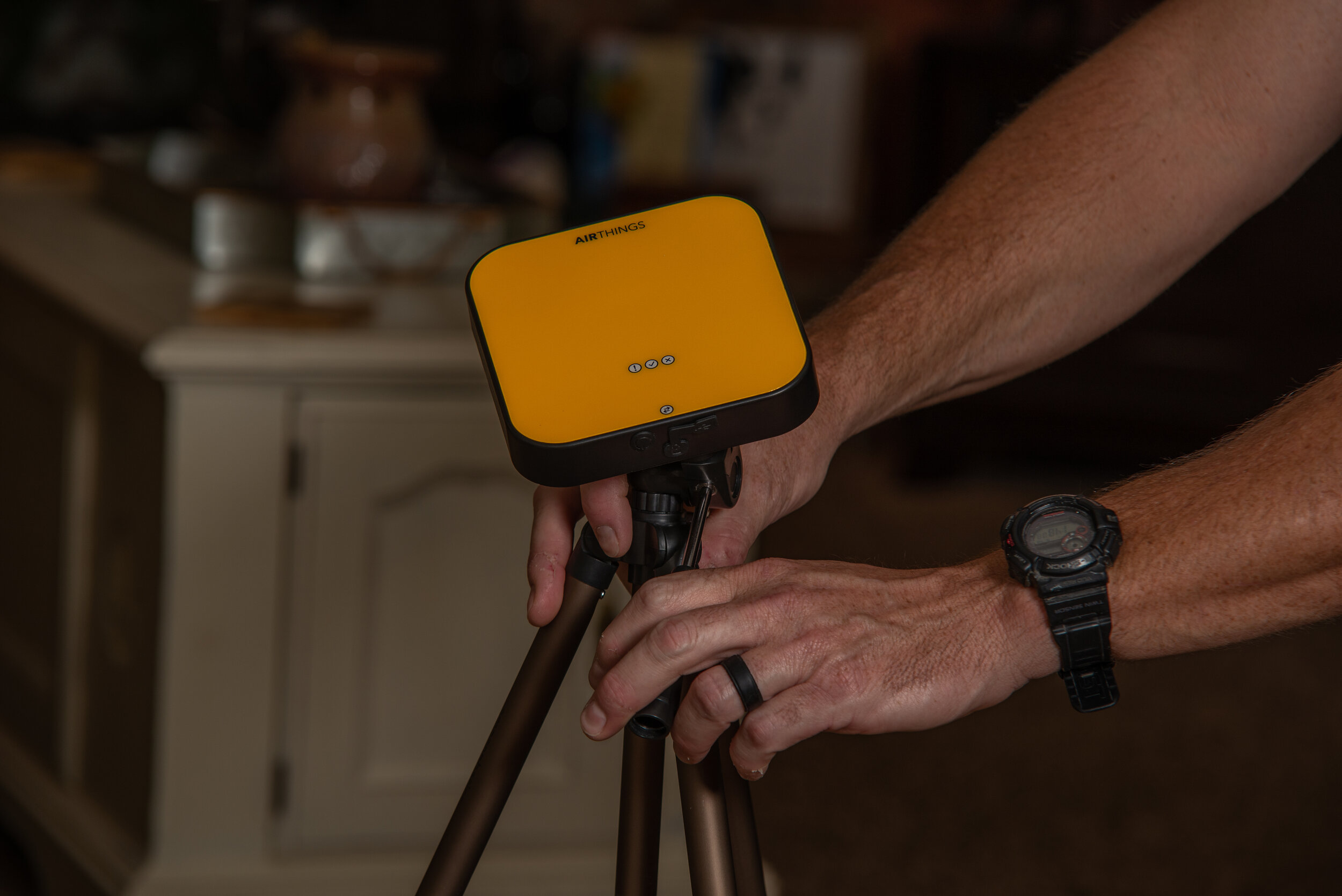Radon
48-hour monitoring of your home for radon gas by an Ohio licensed radon tester.
Radon is a cancer-causing radioactive gas. You cannot see, smell or taste radon, depending on where you live, it may be a problem in your home. The Surgeon General has warned that radon is the second leading cause of lung cancer in the United States. If you smoke and your home has high radon levels, you’re at high risk for developing lung cancer.
Testing is the only way to know your home’s radon levels. There are no immediate symptoms that will alert you to the presence of radon. It typically takes years of exposure before any problems surface. The US EPA, Surgeon General, American Lung Association, American Medical Association, and National Safety Council recommend testing your home for radon because testing is the only way to know your home’s radon levels.
Radon is a national environmental health problem. Elevated radon levels have been discovered in every state. The US EPA estimates that as many as 8 million homes throughout the country have elevated levels of radon. Current state surveys show that 1 home in 5 has elevated radon levels.
Radon Mitigation systems
A radon mitigation system is any system or steps designed to reduce radon concentrations in the indoor air of a building.
The EPA recommends that you take action to reduce your home’s indoor radon levels if your radon test result is 4 pCi/L or higher.
There are several methods that a contractor can use to lower radon levels in your home. Some techniques prevent radon from entering your home while others reduce radon levels after it has entered. the EPA generally recommends methods that prevent the entry of radon.
In many cases, simple systems using underground pipes and an exhaust fan may be used to reduce radon. Such systems are called “sub-slab depressurization,” and do not require major changes to your home. These systems remove radon gas from below the concrete floor and the foundation before it can enter the home. Similar systems can also be installed in houses with crawl spaces. Radon contractors use other methods that may also work in your home. The right system depends on the design of your home and other factors.
Sealing cracks and other openings in the floors and walls is a basic part of most approaches to radon reduction. Sealing does two things, it limits the flow of radon into your home and it reduces the loss of conditioned air, thereby making other radon reduction techniques more effective and cost-efficient. The EPA does not recommend the use of sealing alone to reduce radon because, by itself, sealing has not been shown to lower radon levels significantly or consistently. It is difficult to identify and permanently seal the places where radon is entering because normal settling of your house opens new entry routes and reopens old ones.
Radon Mitigation Cost
The cost of making repairs to reduce radon is influenced by the size and design of your home and other factors. Most homes can be fixed for about the same cost as other common home repairs, like painting or having a new hot water heater installed. The average cost for a contractor to lower radon levels in a home is about $1,200, although this can range from $800 to about $2,000. Your costs may vary depending on the size and design of your home and which radon reduction methods are needed.

